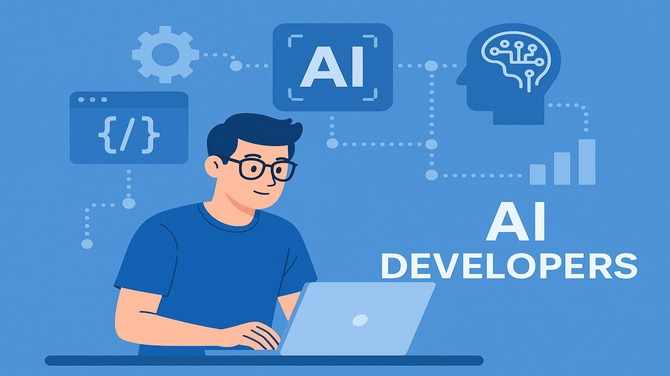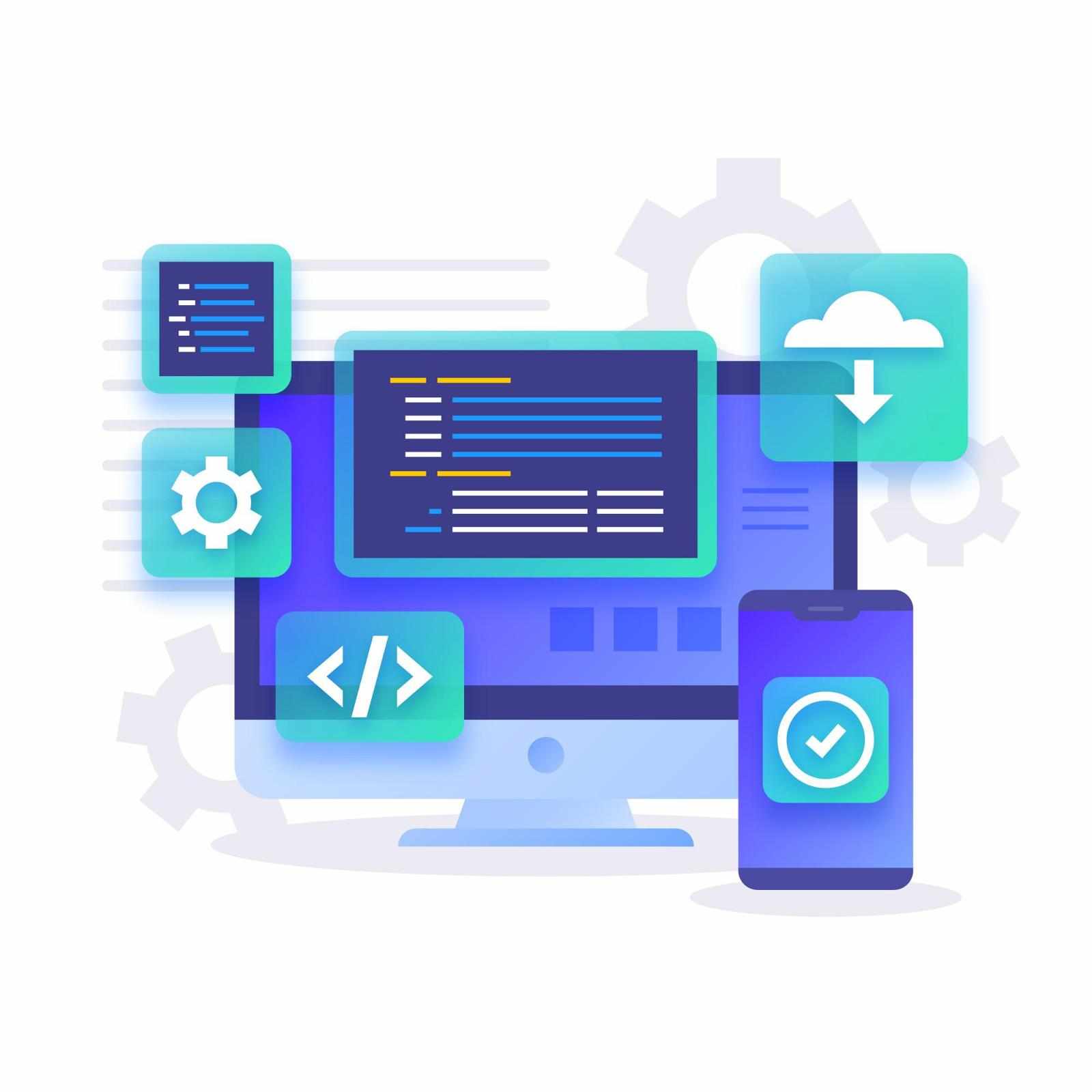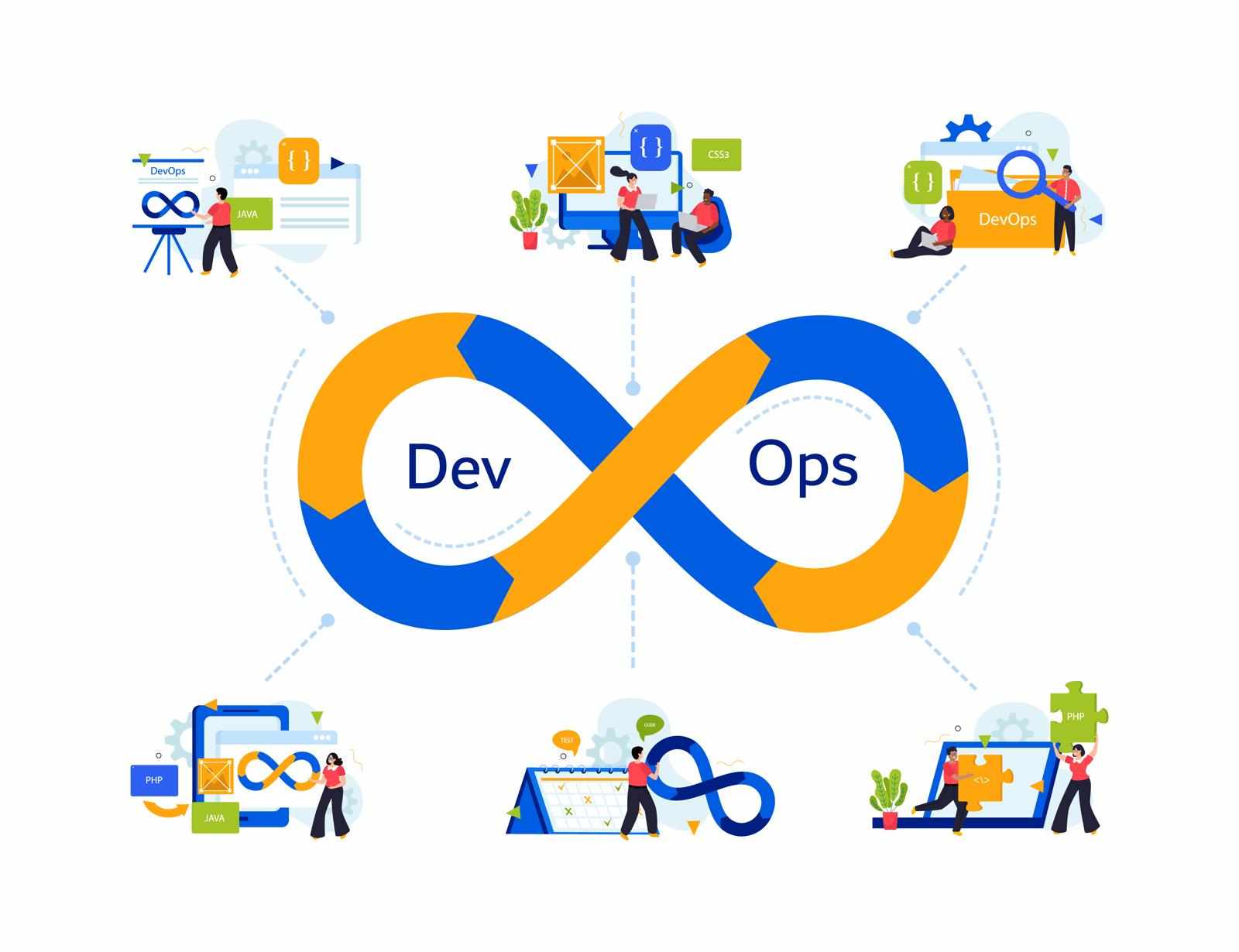
The technology landscape is shifting dramatically in 2025. While generative AI captured headlines with its impressive content creation abilities, a new player is taking center stage.
Agentic AI represents the next evolution in artificial intelligence, moving beyond simple text and image generation to autonomous decision-making and task execution. Understanding agentic AI vs generative AI becomes crucial as businesses prepare for this technological transformation.
For 2025, the dominant innovation narrative is the AI agent, and this shift marks a fundamental change in how we interact with intelligent systems. Unlike generative AI tools that require constant human prompts, agentic AI systems can work independently, making decisions and taking actions based on their understanding of goals and contexts.
85% of enterprises will use artificial intelligence agents in 2025, with the market valued at $3.7 billion in 2023 and projected to reach $150 billion in 2025. This explosive growth reflects the technology's potential to revolutionize business operations across industries.
Understanding Autonomous AI Agents vs Traditional Systems
Agentic AI differs fundamentally from both traditional AI and generative AI systems. AI agents differ from traditional AI assistants that need a prompt each time they generate a response. In theory, a user gives an agent a high-level task, and the agent figures out how to complete it. This autonomy represents a significant leap forward in artificial intelligence capabilities.
Traditional AI systems excel at specific tasks like pattern recognition or data analysis. Generative AI expanded these capabilities by creating new content from existing patterns. However, agentic AI takes automation to an entirely new level by combining analysis, decision-making, and action execution in a single system.
Key Differences in Decision-Making Capabilities
While Generative AI is primarily focused on content synthesis, Agentic AI extends beyond mere content generation, integrating sophisticated decision-making and autonomous execution mechanisms. This distinction fundamentally changes how businesses can leverage AI technology for operational efficiency.
Generative AI systems require human oversight for every decision. Users must provide prompts, review outputs, and make choices about next steps. Agentic AI systems can evaluate situations, weigh options, and execute decisions without constant human intervention. This capability makes them invaluable for complex business processes that require continuous monitoring and rapid responses.
Real-Time Processing and Adaptive Learning
Modern agentic AI systems process information in real-time and adapt their behavior based on changing conditions. They continuously learn from new data, refine their decision-making processes, and improve their performance over time. This adaptive capability sets them apart from static generative AI models that require retraining for significant updates.
The real-time processing capabilities enable these systems to respond immediately to changing business conditions, market fluctuations, or operational challenges. This responsiveness provides organizations with competitive advantages that traditional AI systems cannot match.
Smart Automation Revolution in Business Operations
The comparison between agentic AI vs generative AI becomes most apparent in business automation applications. While generative AI assists with content creation and ideation, agentic AI handles complete business processes from start to finish. This comprehensive automation capability is transforming how organizations approach operational efficiency.
The global AI agents predictive maintenance market is projected to grow from $5.1 billion in 2024 to $47.1 billion by 2030, with the AI agents market valued at $7.38 billion and expected to reach $47.1 billion by 2030 at a 44.8% compound annual growth rate. These statistics demonstrate the massive economic impact of autonomous AI systems.
Multi-Agent Collaboration Systems
Advanced agentic AI implementations feature multiple specialized agents working together to accomplish complex tasks. These multi-agent systems can coordinate activities across different departments, share information, and optimize overall performance. Each agent specializes in specific functions while contributing to broader organizational goals.
Multi-agent collaboration enables unprecedented levels of automation in enterprise environments. For example, one agent might monitor supply chain conditions while another manages inventory levels and a third coordinates with logistics partners. The collaborative approach ensures comprehensive coverage of complex business processes.
Intelligent Process Optimization
Agentic AI systems excel at identifying inefficiencies and optimizing processes automatically. They analyze workflow patterns, identify bottlenecks, and implement improvements without human intervention. This continuous optimization capability provides sustained competitive advantages as business conditions evolve.
The optimization extends beyond simple rule-based improvements. These systems understand context, consider multiple variables, and make nuanced decisions that account for various business factors. This sophisticated analysis capability enables more effective process improvements than traditional automation tools.
Industry Applications and Use Cases
Different industries are experiencing varying levels of impact from the shift toward agentic AI systems. 93% of IT executives express strong interest in agentic AI technology, whereas 32% plan to invest in it within the next six months. This enthusiasm reflects the technology's potential across diverse business applications.
Customer service leads adoption rates, with agentic AI systems handling complex customer interactions, resolving issues, and escalating problems when necessary. These systems provide consistent service quality while freeing human agents to focus on high-value interactions that require emotional intelligence and creative problem-solving.
Healthcare and Diagnostics
Healthcare organizations are implementing agentic AI systems for diagnostic support, treatment planning, and patient monitoring. These systems can analyze medical data, identify potential health issues, and recommend treatment options while considering patient history and current conditions. The autonomous capabilities enable continuous patient monitoring and immediate response to critical situations.
The diagnostic accuracy of these systems continues to improve as they process more medical data and learn from successful treatment outcomes. This learning capability makes them increasingly valuable for healthcare providers seeking to improve patient outcomes while managing costs.
Financial Services and Risk Management
Financial institutions leverage agentic AI for fraud detection, risk assessment, and investment management. These systems monitor transactions in real-time, identify suspicious patterns, and take immediate action to prevent fraudulent activities. The autonomous response capabilities minimize financial losses and protect customer assets.
Risk management applications include portfolio optimization, credit assessment, and regulatory compliance monitoring. The systems can adjust investment strategies based on market conditions, evaluate loan applications using multiple criteria, and ensure ongoing compliance with changing regulations.
Machine Learning Evolution and Predictive Analytics
The evolution from generative to agentic AI represents a significant advancement in machine learning capabilities. Agentic AI focuses on autonomous decision-making and action execution, allowing computers to solve complicated issues, streamline processes, and accomplish preset objectives. This capability expansion transforms how organizations approach predictive analytics and strategic planning.
Traditional predictive analytics provide insights that humans must interpret and act upon. Agentic AI systems not only generate predictions but also develop action plans and execute them based on confidence levels and risk assessments. This end-to-end capability reduces response times and improves decision quality.
Advanced Pattern Recognition
Agentic AI systems combine pattern recognition with contextual understanding to make more accurate predictions. They consider historical data, current conditions, and external factors to develop comprehensive forecasts. This holistic approach provides more reliable predictions than traditional analytics tools.
The pattern recognition capabilities extend beyond simple data analysis to include behavioral patterns, market trends, and operational cycles. This comprehensive analysis enables better strategic planning and more effective resource allocation.
Continuous Learning and Model Improvement
Unlike static generative AI models, agentic AI systems continuously update their knowledge and improve their performance. They learn from every interaction, decision outcome, and environmental change. This ongoing learning process ensures that their capabilities remain current and relevant as conditions evolve.
The continuous improvement capability means that these systems become more valuable over time. Organizations that implement agentic AI early benefit from systems that grow increasingly sophisticated and effective as they accumulate experience and data.
Future Outlook and Technology Integration
The trajectory of agentic AI development points toward increasingly sophisticated systems that can handle complex, multi-step tasks with minimal human oversight. In 2025, a new generation of AI-powered agents will do more — even handling certain tasks on your behalf. This evolution will fundamentally change how people interact with technology in both personal and professional contexts.
Integration with existing technology infrastructure remains a key challenge and opportunity. Organizations must carefully plan how agentic AI systems will work alongside current tools and processes. Successful integration requires thoughtful design that leverages the strengths of both human workers and AI agents.
Challenges and Risk Management
Over 40% of agentic AI projects will be canceled by the end of 2027, due to escalating costs, unclear business value or inadequate risk controls. This prediction highlights the importance of careful planning and realistic expectations when implementing agentic AI systems.
Risk management becomes more complex with autonomous systems that can make independent decisions and take actions. Organizations must develop new governance frameworks, monitoring systems, and control mechanisms to ensure that agentic AI systems operate within acceptable parameters and align with business objectives.
The understanding of agentic AI vs generative AI will continue evolving as both technologies mature and find new applications. While generative AI revolutionized content creation and ideation, agentic AI promises to transform operational efficiency and decision-making processes.
Organizations that successfully navigate this transition will gain significant competitive advantages in an increasingly automated business environment. The key lies in understanding each technology's strengths and implementing them strategically to maximize their complementary benefits.




















Write a comment ...